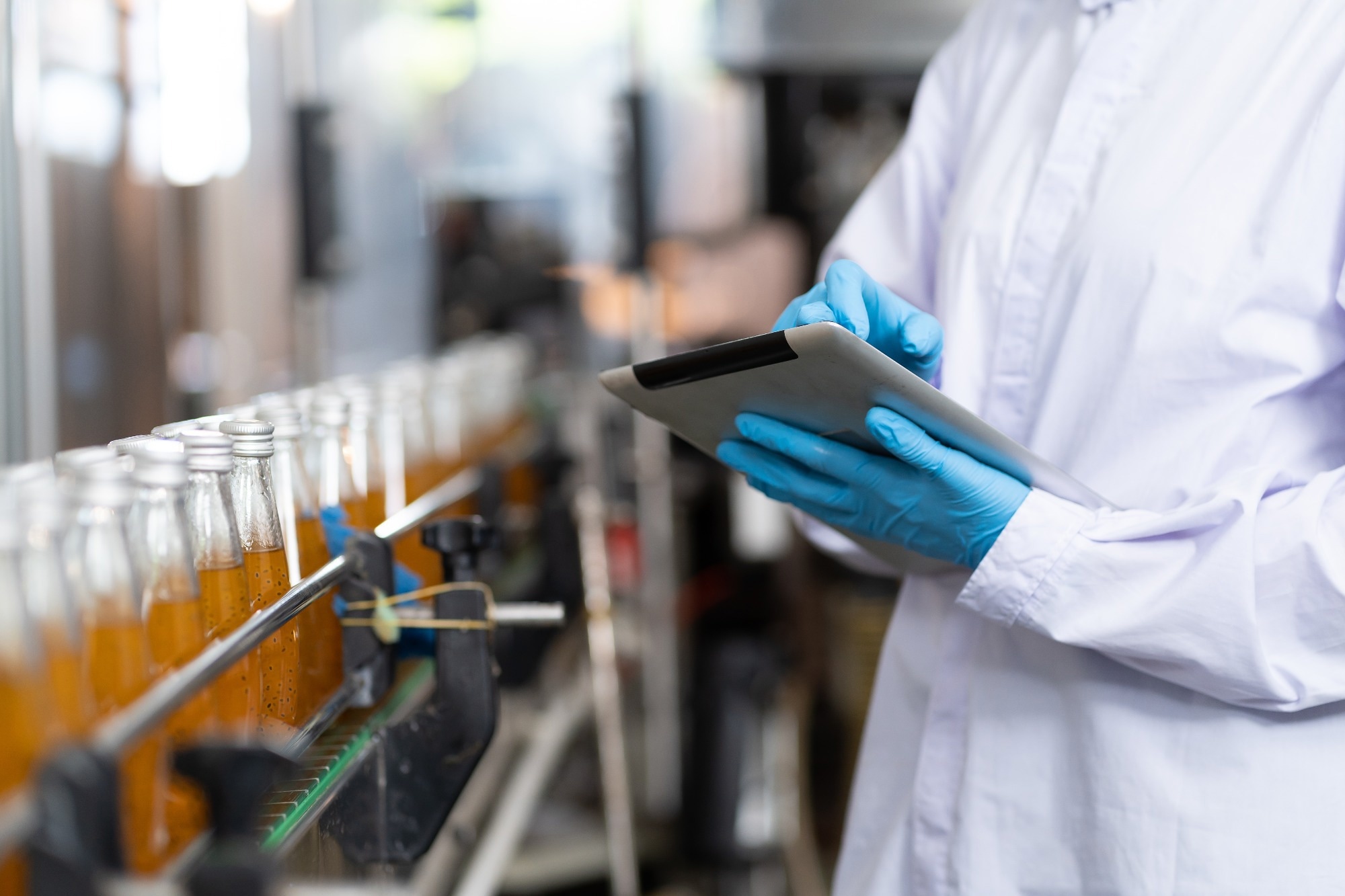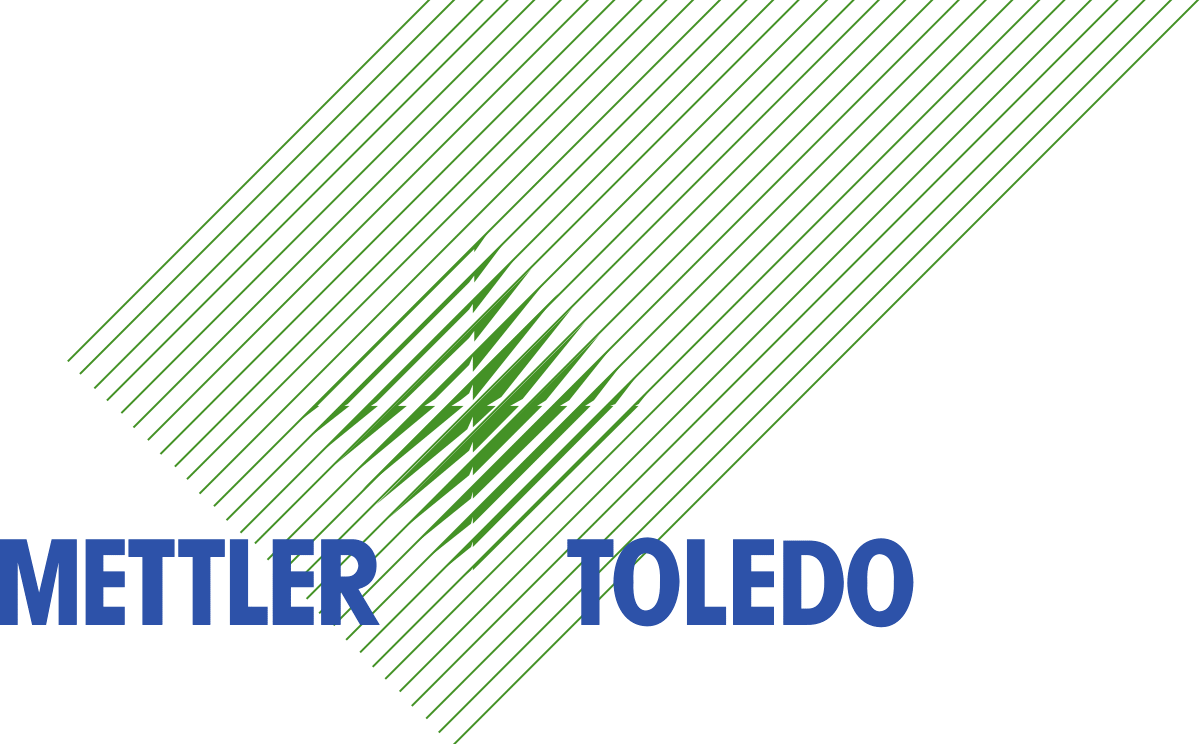Could you tell us why pH is vital in the food and beverage industry?
pH is essential in the food and beverage industry because it influences nearly every production and product quality aspect. Everything has a specific pH value, and when we focus on food and beverages, most products are acidic, aligning with how our stomach and digestion systems function.
In recent years, there has been a shift toward more neutral or even slightly alkaline foods, but ultimately, pH is a choice consumers make based on their preferences.
The importance of pH extends beyond taste, significantly impacting processing and quality control.
For example, pH affects enzymatic processes like cheese thickening, recipe control in soft drink production, and the assessment of raw milk quality, helping us determine if it is still safe for use or if foreign cultures have started developing in it. pH also plays a crucial role in fermentation processes, including those for beer and yogurt, where maintaining the proper pH can determine the success of fermentation.
A low pH can also serve as a protective measure, as seen in mixed pickles, where it prevents the growth of unwanted microbes. Finally, pH is critical in water treatment and handling, ensuring water quality and conductivity.

Image Credit: Amorn Suriyan/Shutterstock.com
What situations require pH information in the food and beverage industry?
In the food and beverage industry, pH information is critical in two main areas: recognizing the process stage and ensuring product quality. Companies with a high demand for pH accuracy may even take the risk of using glass sensors. While these sensors can indicate when they break, preventing immediate customer danger, a broken sensor can lead to batch loss and undetected glass splinters in the product.
To mitigate these risks, some companies have adopted ISFET technology—an unbreakable sensor type that avoids introducing glass into the process. However, ISFET sensors are sensitive to hot caustic cleaning solutions and are not designed for repeated cleaning cycles. To maintain them, retractable housings protect the sensor and allow separate cleaning, adding extra effort.
A third option is using interval sensors, which, while costly, promise long-lasting performance. These sensors handle Clean-in-Place (CIP) cleaning well but require significant recovery time afterward, delaying the start of the next batch without special treatment. The initial installation cost for these sensors is also high.
Most companies use standard procedures, such as taking samples for at-line measurement. However, this method comes with risks, including potential sample mix-ups, inconsistent sampling methods among operators, and the fact that sample data is always a snapshot of past conditions. This limits the real-time insight into the current state of the process.
In-line process control offers a significant advantage by allowing continuous monitoring and immediate response to deviations. Unlike at-line or lab-based quality control, in-line sensors provide real-time data 24/7.
Can you tell us more about using in-line sensors for F&B applications?
In-line sensors are highly valuable for maintaining traceability throughout food and beverage (F&B) production. The data captured by these sensors can be continuously downloaded and integrated with batch and quality data to provide a comprehensive view of what happened from start to finish.
The accuracy and quality of in-line sensors match those of laboratory sensors, although there might be some differences in perception due to their operating conditions.
One of the primary benefits of in-line sensors is their ability to withstand challenging conditions in production environments. Unlike lab sensors, operated by trained personnel under controlled conditions, in-line sensors are directly exposed to the process and provide a real-time snapshot of the current state.
Interpreting these real-time readings can be complex. Differences may arise from gas bubbles, temperature fluctuations, or inconsistent product composition. Even with these challenges, in-line sensors offer authentic data that can be analyzed for trends.
For instance, if the pH is not decreasing as expected in fermentation processes, adjustments like changing temperature or adding more culture can be made to keep the process on track. Similarly, if the pH drops too quickly, interventions can help stabilize conditions to maintain consistent batch times and outcomes.
While lab sensors provide consistent and repeatable results due to controlled sample preparation, they do not represent the dynamic nature of in-line conditions. This is especially notable in carbonated beverages, where CO2 in the product affects pH. In-line sensors in direct contact with the product provide a more accurate reading as they account for the pressure and temperature of the actual process environment.
Another advantage of in-line sensors is temperature compensation. These sensors have built-in temperature pickups that match the product’s temperature, ensuring precise pH readings. On the other hand, lab samples may not be at the same temperature as the sensor, which can skew measurements unless manually adjusted.
Can you tell us a little about Mettler Toledo and its history in pH measurement?
METTLER TOLEDO has a rich history in pH measurement, dating back to the 1950s with Dr. Werner Ingold, a scientist who laid the foundation for the company’s legacy in this field.
Originally, pH measurement required separate measuring and reference electrodes, making the process cumbersome. Dr. Ingold's innovation was to combine both into a more user-friendly electrode that was easier to handle and calibrate. This breakthrough marked the start of a series of developments in pH technology for Mettler Toledo.
Over the decades, Mettler Toledo has introduced various advanced electrodes, such as NML and ISFET. In 2022, the company launched a state-of-the-art technology called the X-Chip. Unlike traditional glass electrodes, the X-Chip features a robust body made of polyether ether ketone (PEEK) with a titanium tip and a built-in measuring chip, eliminating the fragility of glass.
How has Mettler Toledo’s strong history in the industry assisted in accelerating pH measurement technology?
Mettler Toledo’s long-standing expertise in pH measurement has significantly contributed to advancements in this technology.
A key factor is developing and integrating digital technologies, which transform raw data from the sensor into a digital signal using Intelligent Sensor Management (ISM). This innovation ensures reliable signal transmission to transmitters without loss over cable lengths, enhancing measurement accuracy and reliability.
One of the standout features of Mettler Toledo's innovation is the X-Chip sensor. This sensor, built for robustness, has a measuring range of 0 to 14 pH and operates in challenging environments. It maintains accuracy at temperatures up to 80 °C and withstands cleaning cycles at 100 °C for up to an hour.
The X-Chip incorporates a titanium tip and uses a PEEK body designed for stability under continuous pressure (up to 5 bar) while withstanding short-term pressure surges without damage.
Key benefits of this sensor include a built-in reference electrode with a pressurized liquid electrolyte and a ceramic diaphragm, which ensures consistent electrolyte flow and stable pH readings. The sensor's digital capabilities allow it to communicate operational information directly to operators, including calibration needs, condition updates, and a dynamic lifetime indicator.
The X-Chip sensor design supports hygienic standards approved by 3-A and tested for cleanability by EHEDG, making it ideal for industries like food processing. Unlike traditional glass sensors that require a hydrated gel layer, the X-Chip features a durable lithium silicate layer fused to a metal substrate, which behaves like safety glass.
This design resists damage and maintains performance even after long periods without use, offering quick start-up and reduced maintenance compared to conventional glass sensors.
What are the main applications of the X-Chip sensor?
The X-Chip sensor is used in various food and beverage processes to enhance efficiency and quality control.
For quality assurance, the sensor measures entire batches, such as raw milk, to ensure that only high-quality milk enters the production line. This continuous monitoring prevents low-quality milk from contaminating the production process.
In fermentation processes, the X-Chip sensor helps maintain the ideal pH for starter cultures, particularly in yogurt production. This ensures consistent and efficient fermentation, reducing the need for frequent manual sampling.
The sensor also monitors the ripening stages for fresh and cream cheese products. Its robust design allows it to function without damage in semi-solid conditions, providing accurate pH readings that indicate when products are ready for the next processing stage.
The sensor supports recipe control in juice and soft drink production by monitoring pH during fruit pressing and sugar mixing. This capability helps maintain product consistency, even with variations in raw materials.
The brewing process also benefits from the X-Chip sensor, ensuring the mash has the correct pH levels to optimize enzyme activity, improve yield, and enhance protein coagulation. The sensor’s durability allows it to operate effectively in challenging conditions, such as high turbulence and solid particles.
The sensor monitors pH levels for fruit preservation to control the gelling process and ensure a long shelf life, even in high-sugar environments. In vegetable fermentation, such as pickling, it guarantees that the pH of the liquid used is at the correct level to prevent microbial growth and ensure product safety.
The X-Chip sensor also acts as a critical control point before packaging, detecting foreign liquids from CIP systems or potential leaks from ammonia coolers. This ensures that products are safe for consumers and meets hazard analysis requirements.
Can you explain about CIP cleaning? How does pH measurement improve CIP cleaning?
CIP is a method used in various processing industries to clean the internal surfaces of equipment without disassembly. It involves circulating cleaning solutions, such as caustics (alkaline solutions), acids, and water, through process equipment to remove any residual contaminants, ensuring the system remains hygienic and safe for subsequent production runs.
Integrating pH measurement into CIP cleaning can significantly enhance process efficiency and reliability. Two main points should be considered when discussing how pH sensors improve CIP cleaning.
Firstly, pH measurement is valuable when monitoring the cleaning caustic. During the cleaning process, the caustic solution circulates through the system and picks up particles, residues, minerals, and other debris left in the equipment. While a conductivity sensor may show that the solution remains conductive, it cannot differentiate if the conductivity is solely from the caustic or includes impurities.
Over time, even if conductivity readings remain high, the caustic solution's pH may decrease as impurities dilute its effectiveness. Incorporating a pH sensor into the CIP control system helps detect when the pH drops, signaling that the caustic solution has accumulated enough contaminants to impact its cleaning capability.
The second point is related to the post-caustic rinse phase. After using the caustic solution, the system must be flushed with water to remove any residual caustic before neutralizing with an acid.
Since completely removing caustic is difficult, this rinsing can be time-consuming. A pH sensor helps determine the point at which the water flush is sufficiently complete, indicating when to begin introducing the acid for neutralization.

This information has been sourced, reviewed and adapted from materials provided by Mettler-Toledo International Inc.
For more information on this source, please visit Mettler-Toledo International Inc.
Disclaimer: The views expressed here are those of the interviewee and do not necessarily represent the views of AZoM.com Limited (T/A) AZoNetwork, the owner and operator of this website. This disclaimer forms part of the Terms and Conditions of use of this website.